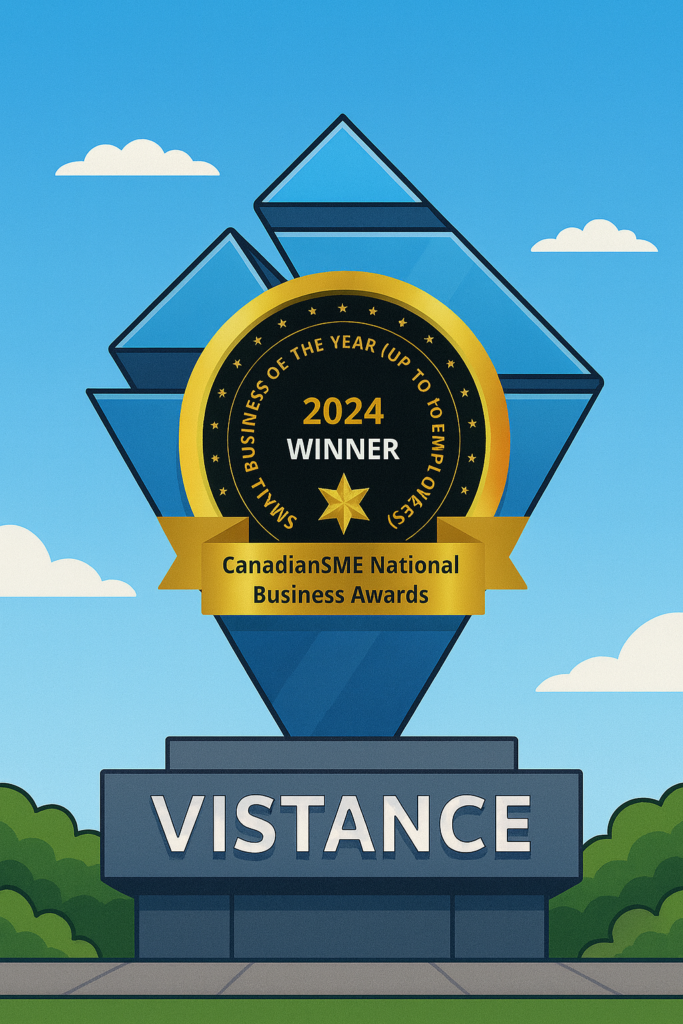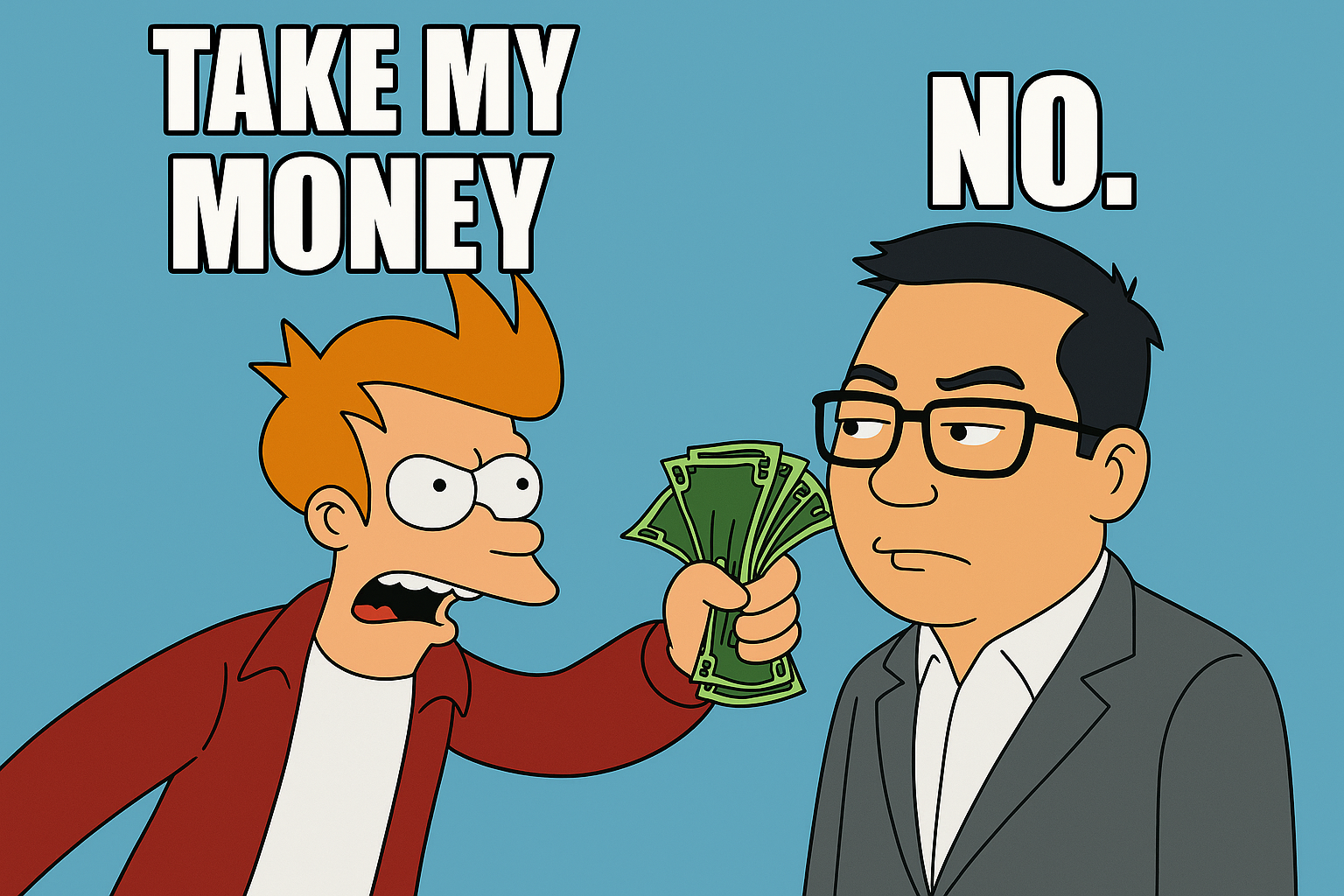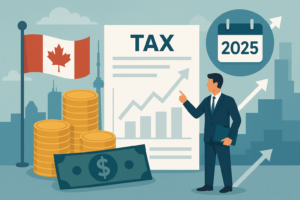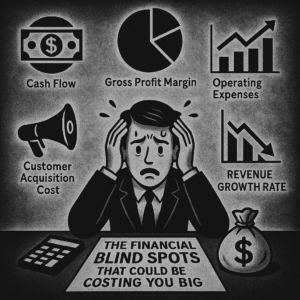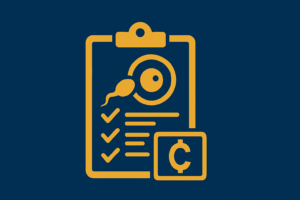An Entrepreneurial Parable by Daryl Ching
In early 2024, I did something that made other entrepreneurs look at me like I’d lost my mind: I turned away paying clients. In the service world, that’s almost unthinkable. More than a few fellow entrepreneurs told me outright it was crazy to walk away from revenue.
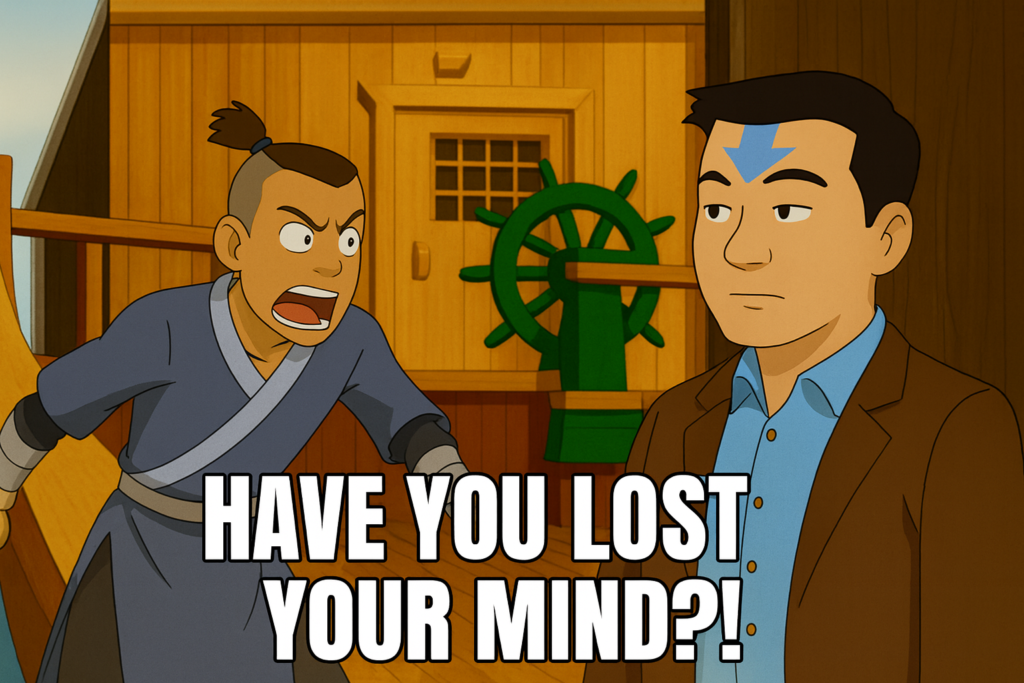
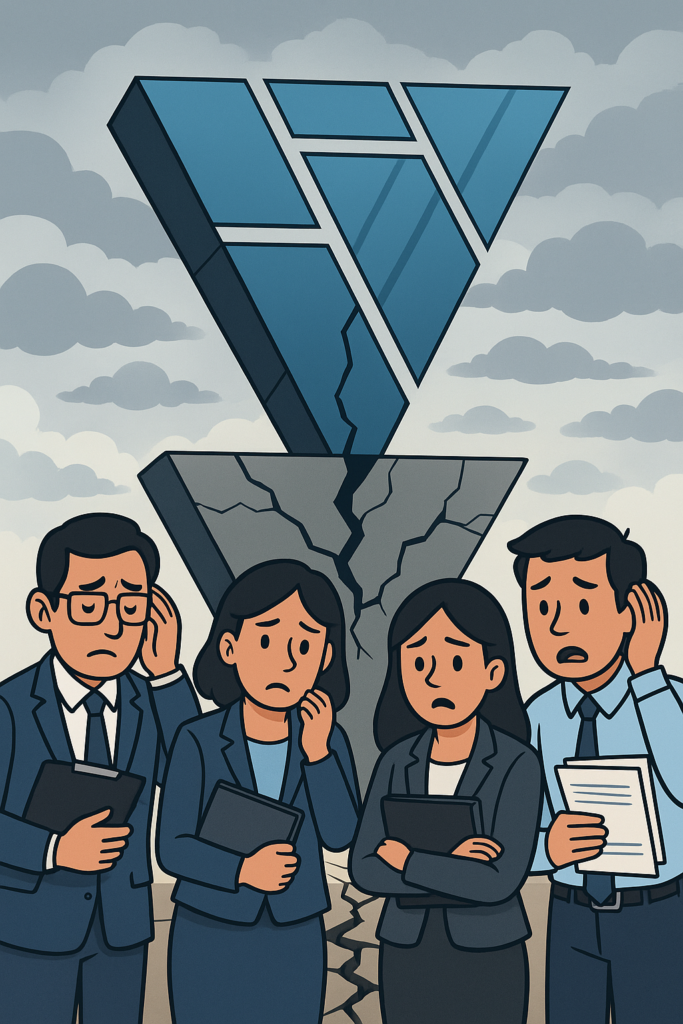
But Vistance had nearly doubled in size in just a few months. On paper, it looked like a dream: more capacity, more clients, more momentum. Behind the scenes, though, cracks were forming. Deadlines slipped. Project statuses weren’t clear. Ownership of tasks became fuzzy. Junior team members, without enough training and mentorship, began to burn out.
It wasn’t a problem of effort; it was a problem of structure. And if we kept chasing growth without fixing the foundation, the whole system would eventually break.
How We Outgrew Our Systems
Our early success came from tight collaboration, quick communication, and a small, nimble team. But the systems that worked for five people didn’t scale to nine.
Our project management tools couldn’t keep pace. Roles and responsibilities blurred. Senior associates had more clients and more juniors to oversee, but without the leadership training and processes to support them. The result was inefficiency, missed steps, and frustration on all sides.
The Most Difficult Transition
One of the biggest challenges we discovered in 2024 wasn’t just operational; it was human. The most difficult transition for any employee is moving from a role where they are responsible only for their own workload to one where they must manage others.
As a junior, the job is straightforward: keep your head down, do your work, and meet your deadlines. But stepping into a leadership role means shifting focus from just doing your own tasks to ensuring the whole team succeeds. It requires anticipating what others need, spotting roadblocks before they happen, and thinking in terms of the bigger picture, not just your own to-do list.
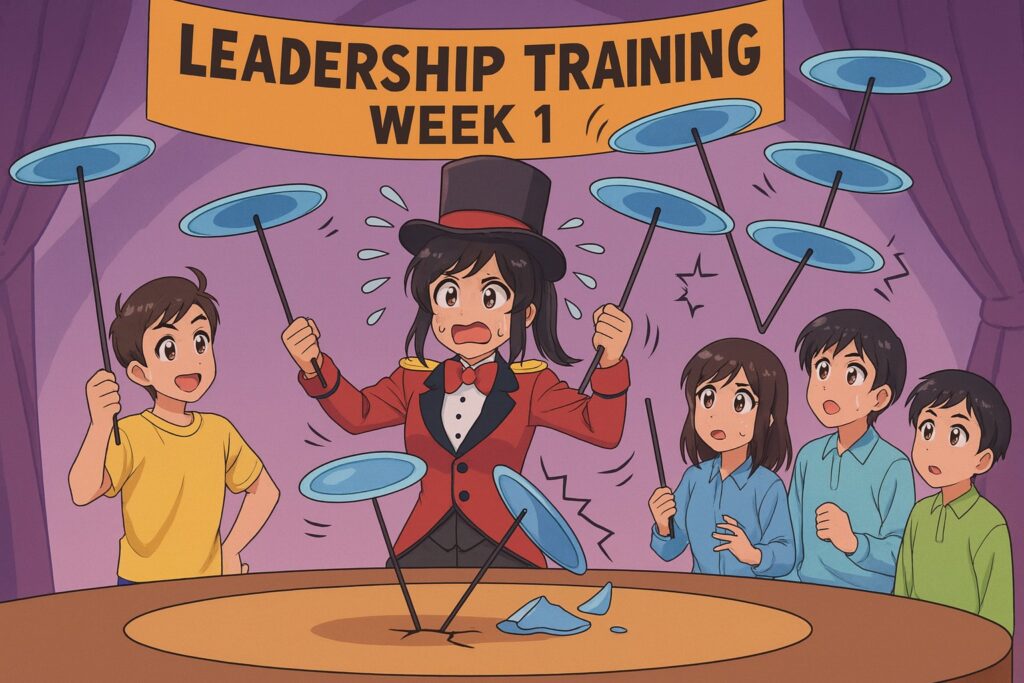
It’s a huge mindset shift, and it doesn’t happen automatically. Without training and guidance, the natural instinct is to keep prioritizing your own work. Changing that mindset takes considerable intervention: structured leadership training, clear expectations, and ongoing coaching.
As a result, we implemented regular weekly soft skills training to help team members develop the communication, delegation, and leadership habits necessary to succeed in management roles.
Why We Chose to Hit Pause ⏸️
By early 2024, we made the tough decision to slow down new business development and focus inward. We even turned away prospective clients and delayed onboarding new ones to make sure our team had the bandwidth to fix the cracks.
When I told other entrepreneurs, the reaction was almost universal: shock, and disbelief. To them, saying “no” to paying clients in a service business wasn’t just unusual… it was downright crazy. How do you take your foot off the gas pedal on sales?
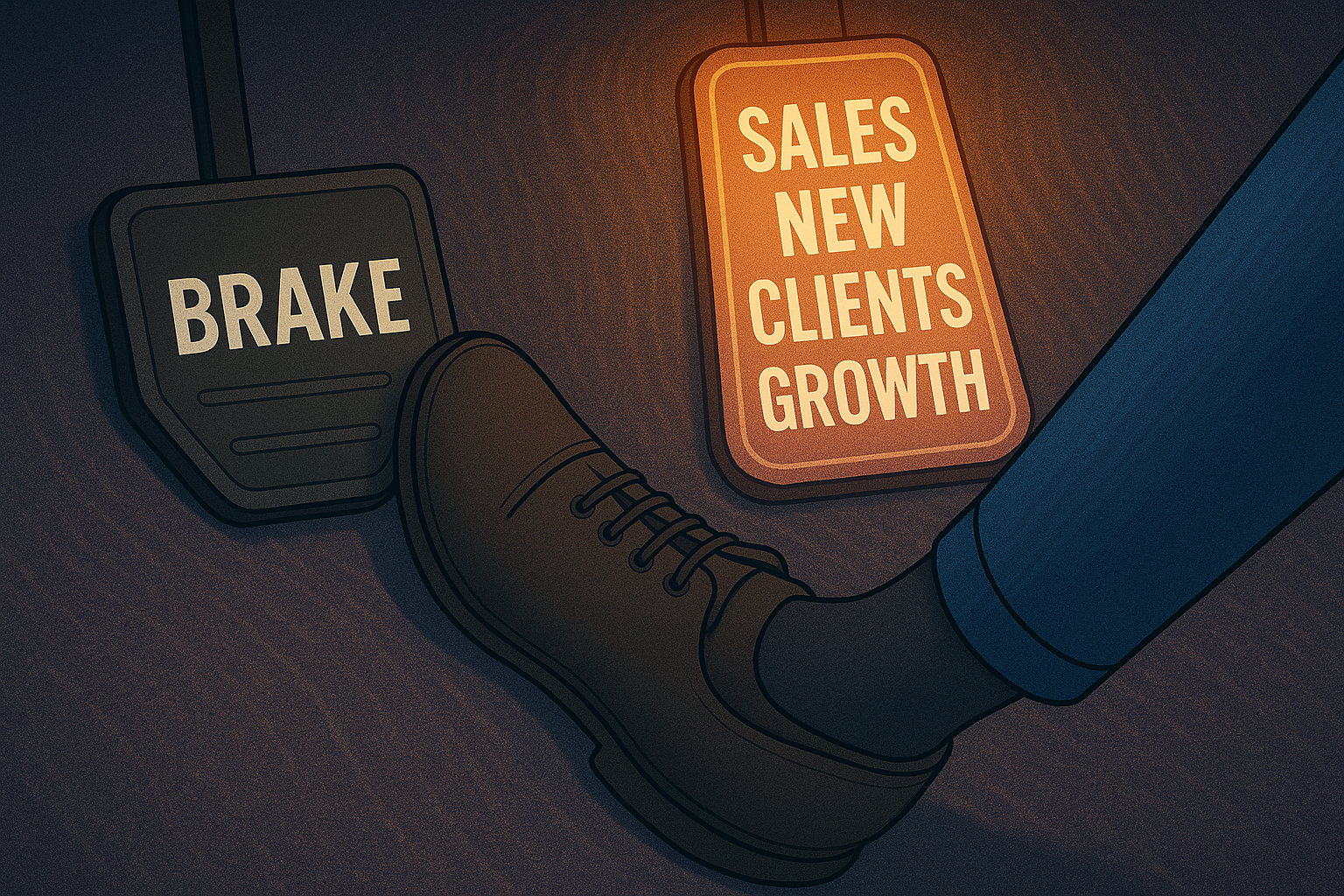
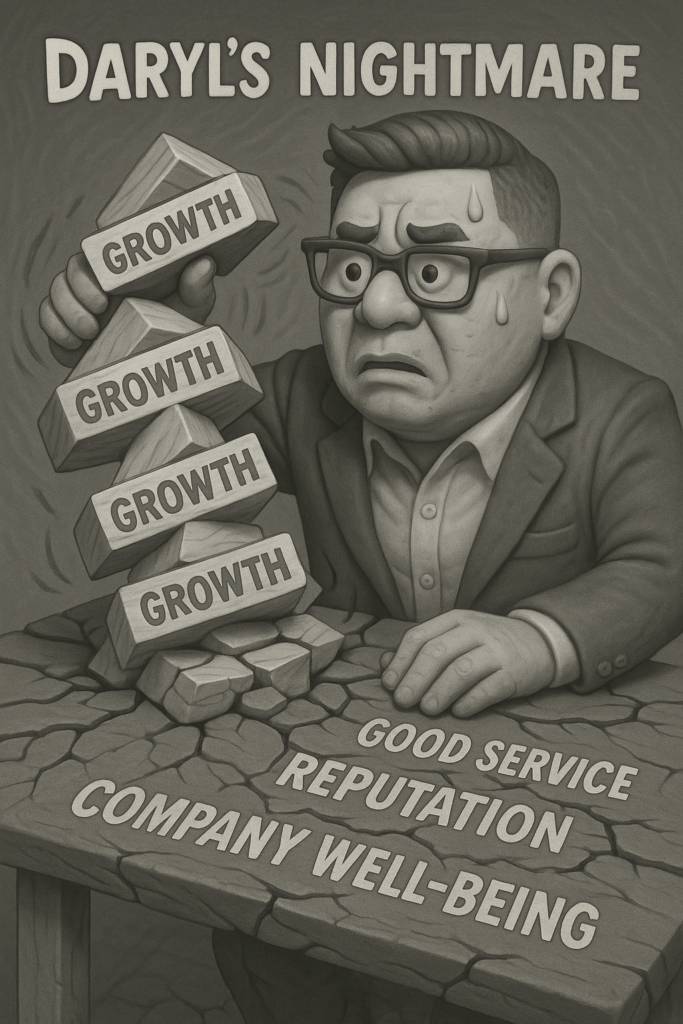
But here’s the thing: the “growth at all costs” mindset might impress in the short term, but it’s a dangerous game. Taking on more work when your systems are already strained isn’t growth. It’s gambling with your reputation and your team’s wellbeing.
The difficult decision to hit ⏸️ paid off. This year, I’ve had to do very little in day-to-day operations, which has freed me to focus on business development, PR, and sales, the activities that drive our next stage of growth.
The goal was clear: build a foundation that could handle our growth without compromising on quality or team wellbeing.
The Cautionary Lesson on Taking Investor Money
We were able to hit pause because we weren’t dependent on constant capital raises to survive. Many high-growth businesses, especially those backed by outside investors, don’t have that luxury.
When growth is driven by investor expectations, there’s little room to slow down and fix internal cracks. The pressure to keep scaling can lead to burnout, turnover, and missed opportunities. That’s why hyper-growth isn’t always the smartest path. Sometimes slower, intentional growth is the strategic choice. My advice to all business owners is to ensure that your investors are strategically aligned with your goals.
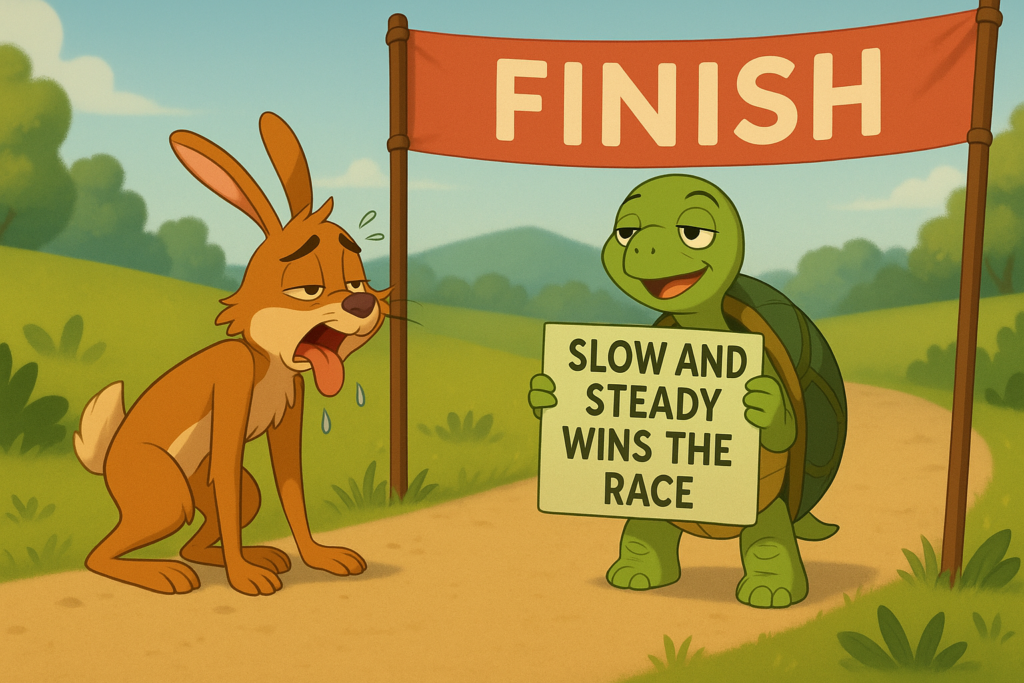
Where We Are Now
Our revenue took a temporary dip during the reset, but the long-term payoff has been worth it:
- Clients get more consistent, higher-quality service
- The team is aligned, with clearer accountability and stronger leadership
- New hires get better onboarding and support
- Leaders have the soft skills and confidence to manage effectively
- I’ve been able to focus almost entirely on business development and growth activities
We’re back in growth mode now, but this time, with systems that scale.
